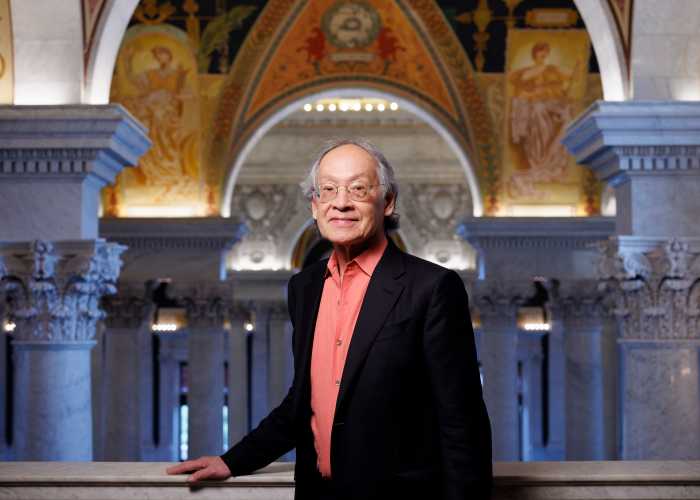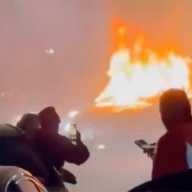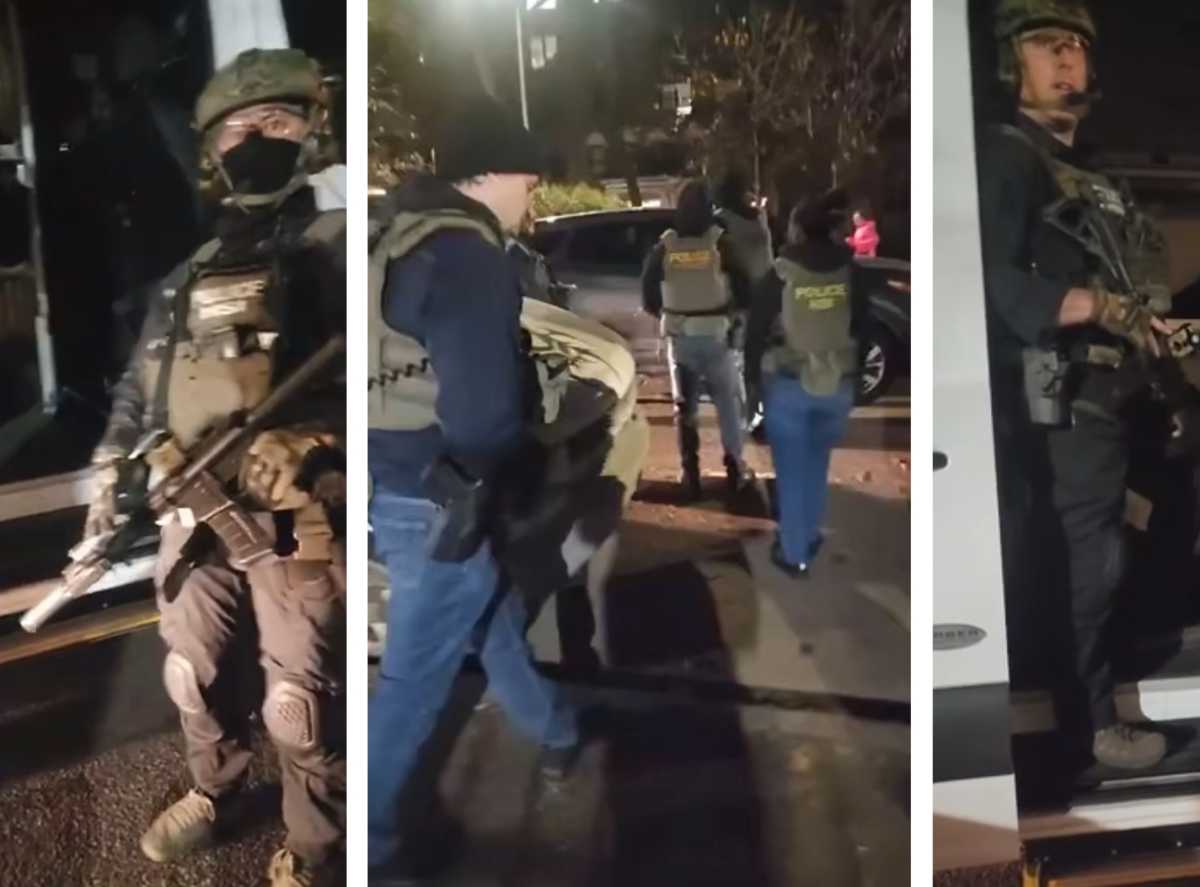By The Greater Astoria Historical Society
The double bill of Shirley Temple in “The Littlest Rebel” and “Last of the Pagans” was at the Astoria in January 1936. The Triboro had “A Tale of Two Cities” with Ronald Coleman. Errol Flynn and Olivia de Haviland starred in “Captain Blood.” The Broadway Grand and RKO Proctors were showing Katherine Hepburn in “Sylvia Scarlet.” “Annie Oakley” starred Barbara Stanwyck, Melvin Douglas and Preston Foster.
l
Social and service clubs were in their prime. The Chattahoochee Council seated officers before 200 at the Odd Fellows Hall in Whitestone. More than 300 attended an Order of the Eastern Star meeting. The Cygnus Chapter, Masonic Temple held ladies’ amateur night at the Elks in Elmhurst. More than 450 attended. Jennie Bell Circle, of the Forest Companions, put on a minstrel show for 500 on Steinway Street. The Lady Ace Social Club had 200 at a card party.
l
Headlines told of a severe winter: Snow removal rushed in Queens as new storm heads for city. It was called the “Million Dollar Storm,” as the city Board of Estimate authorized more than $1 million in special revenue bonds for snow removal.
Hard-packed snow hindered cleanup efforts. The mercury hit 3 below zero. Cold crippled transit in Queens. Ice accidents mounted. A shortage of milk was threatened. More snow was forecast for the month.
l
The Star-Journal set up a Coal Fund for people in need and invited the public to send money. The paper published letters from families seeking help. One family of 11 with a father suffering from “lumbago” were supported by a boy of 18 on relief. Kids could not go to school, as they had no shoes. Children were born into cold water flats with no coal for heat.
“Keep fires burning for the needy,” implored the Star-Journal.
l
In the first such offense in 20 years, a 12-year-old was charged with juvenile delinquency. Ray Faulkner, of 48th Street in Sunnyside, caught the youngster hurling a snowball through an open window and hitting Faulkner’s ill wife in bed. The boy said it was an accident from a snowball fight on the street.
l
U.S. Rep. William Berry suggested consolidating four post offices — Long Island City, Flushing, Jamaica and Far Rockaway — into one boroughwide.
A 1,000-foot tower dedicated to the presidents was forecast for the upcoming World’s Fair in Flushing Meadows Corona Park. Boasting a glass-enclosed observation deck and a revolving beacon, it was to be a permanent monument after the fair. A web of highways throughout Queens was planned to handle the traffic from the upcoming festival.
August Klaes, president of the Queens County Bar Association, suggested changing its bylaws to permit female members.
l
Queens had 1,208,150 residents, a five-fold increase from 1910. Ward 4, in Jamaica, led the totals with 416,000. The Tenement House Commission called the borough the ideal place for slum dwellers escaping from Brooklyn or Manhattan.
l
Sunnyside Gardens was in a war. After a series of evictions for non-payment of rents, a mass meeting at the Long Island City Court House demanded a reduction of mortgage interest.
A woman got a foreclosure writ while still in a hospital after giving birth to a baby. Six were arrested during another eviction. Residents met at the Sunnyside Gardens Park and demanded Albany declare a public emergency by reason of the Depression.
Public officials were heckled at a town meeting. Things reached a crisis with the eviction of Mrs. Corinne Thal, of 39-26 44th St., whose belongings were tossed onto snowdrifts in the street.
































